Find out your skin type
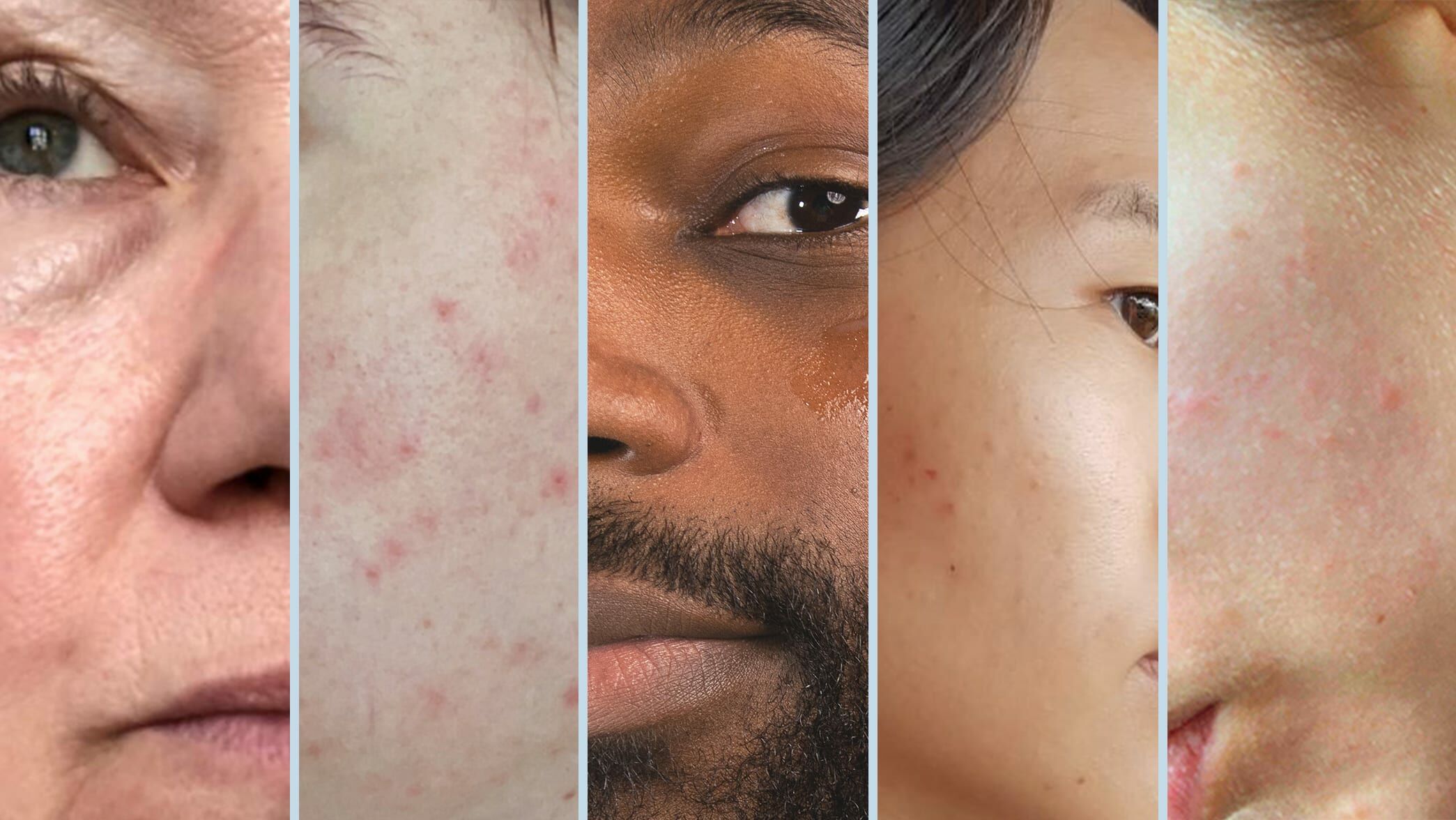
Knowing your skin type helps when you’re figuring out your skincare game. Each skin type has its quirks and needs specific stuff to stay happy. So, picking the right gear for whether you’ve got oily, dry, or sensitive skin can make a big difference in how fresh and youthful your skin looks.
Common skin types
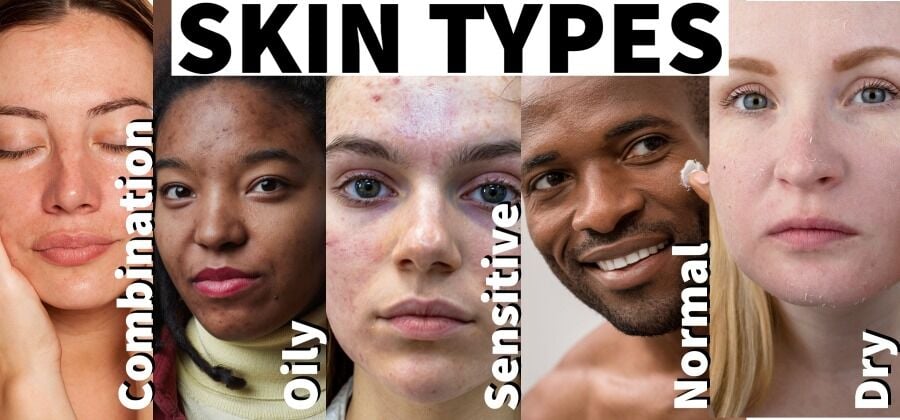
- Oily Skin: This skin type is caused by excessive sebum production which creates larger pores and makes your skin appear shiny. You may have fewer wrinkles, but it is more prone to acne and other flaws. Managing oily skin requires using solutions that regulate oil production without excessively stripping the skin.
- Dry Skin: Due to the lack of moisture your skin can feel tight and flake out. Dry skin requires hydrating treatments including emollients and humectants to maintain moisture and improve skin texture.
- Combination Skin: Combination skin has oily and dry areas, often greasy in the T-zone and dry on the cheeks. To effectively address these opposing zones, you must find a strategy that balances the different areas.
- Sensitive Skin: Having sensitive skin requires delicate treatment. Be careful when choosing your skincare products as they should not contain harsh ingredients or perfumes. If you apply this to your skin, you may experience some redness or have a sensitive reaction.
- Balanced Skin: Also known as normal skin, neither has too much oil nor too little moisture. To maintain this balance, make sure to use cosmetics that hydrate and protect the skin without changing its natural state.
Identifying your skin type
Visual assessments and character traits
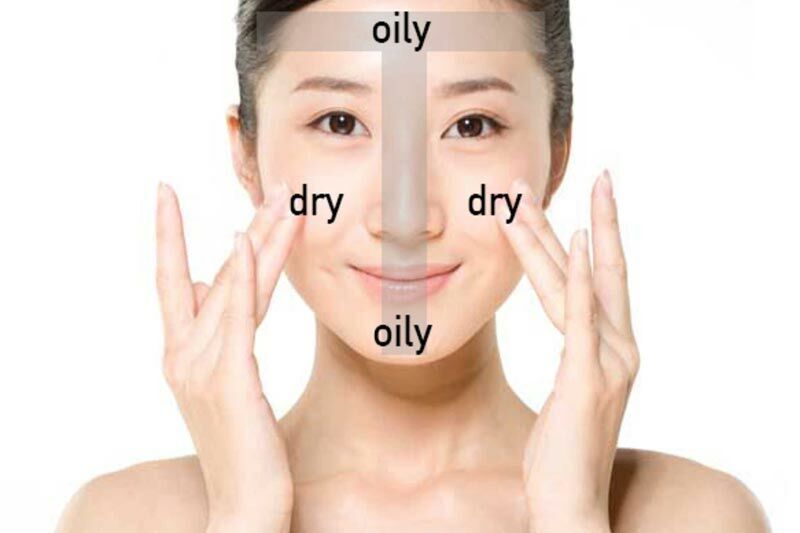
Recognising your skin type begins with a close look in the mirror. Observe the surface of your skin and its reaction throughout the day. Typically, if you have oily skin, you will notice a shiny appearance, frequently noticeable on the forehead, nose, and chin area known as the T-zone. If your skin feels tight, shows flaking, or appears dull, it’s likely to dry. However, if your skin exhibits oiliness in the T-zone while your cheeks appear somewhat dry, your skin is likely the combination type.
Sensitive skin tends to react with redness, itching, or burning when exposed to common irritants, revealing its hyperactive nature. Balanced skin, on the other hand, has a consistent complexion, minimal imperfections, and no severe sensitivity, maintaining an overall healthy appearance. Observing these traits helps you classify your skin correctly and decide on the most beneficial care routine.
Simple at-home tests
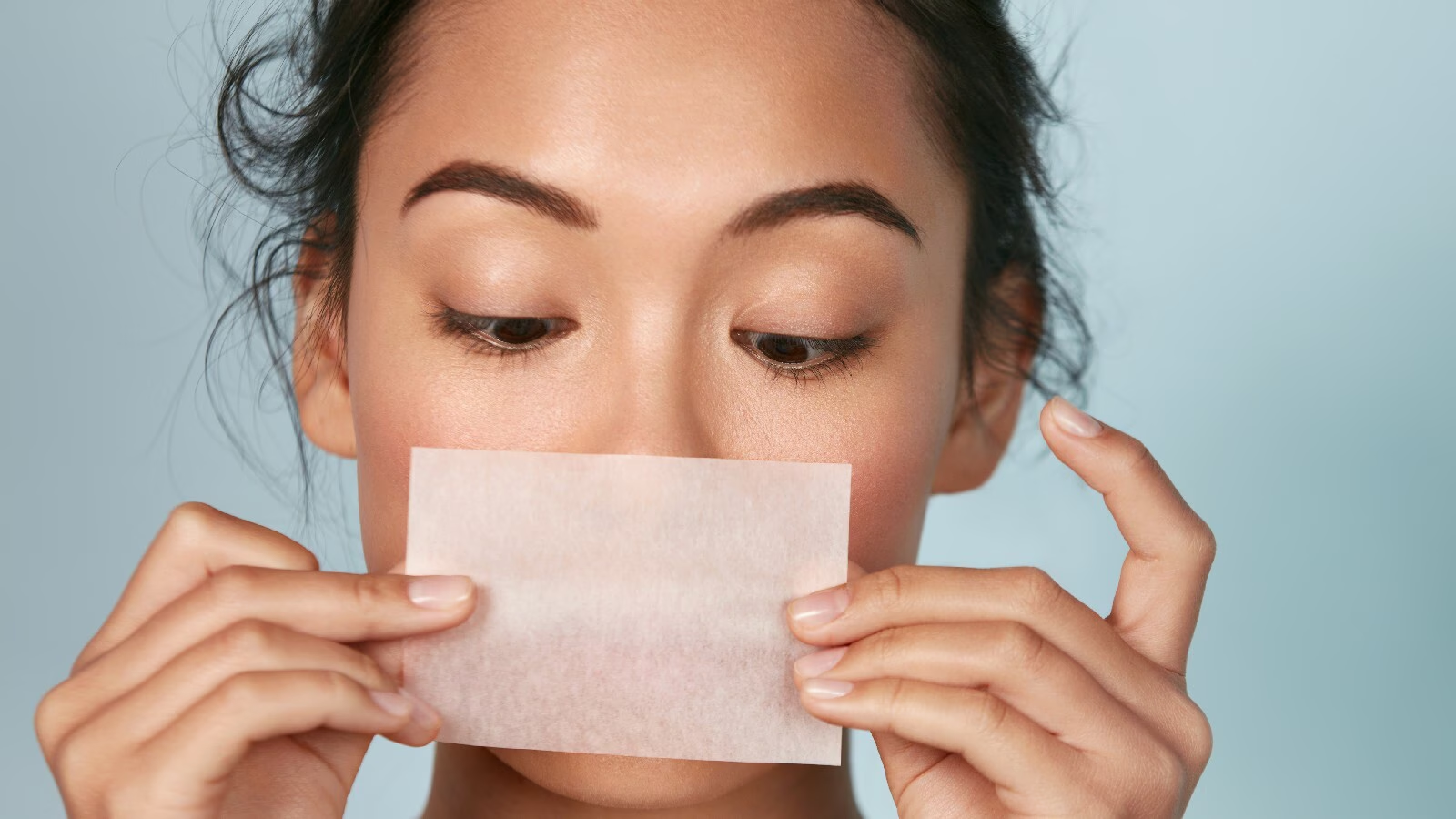
Performing straightforward tests at home can verify your initial observations. The tissue test is an effective method to determine skin oiliness. In the morning, before washing your face, gently press a clean tissue against different areas of your skin. A tissue that picks up oil from the forehead, nose, and chin suggests oily or combination skin, depending on the oil distribution. If the tissue shows little to no oil, it indicates dry skin.
Another practical test involves monitoring your skin’s reaction to a mild facial wash. After cleansing, refrain from applying any products. If your skin feels uncomfortably tight or patched after an hour, it indicates dryness. Skin remaining shiny suggests oiliness, while a combination of both indicates combination skin. These tests, coupled with visual assessments, provide a clearer understanding of your skin type, enabling more targeted skincare choices.
Care for different skin types
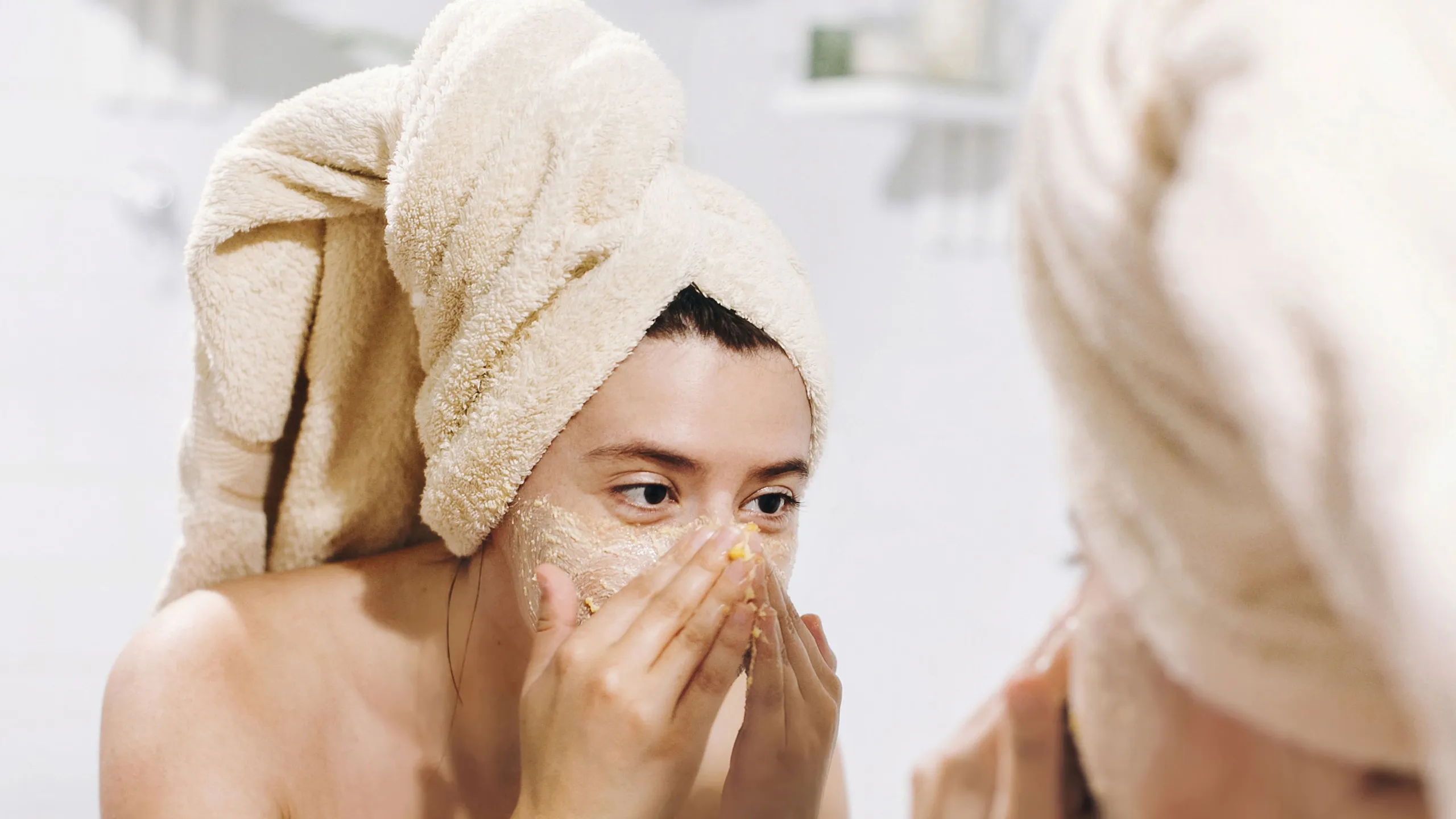
Normal skin care strategies
Keeping your skin happy is all about balance. Start with a gentle cleanser that keeps all the good oils in check, then a splash of an alcohol-free toner that will pep up your skin without drying it out. Rub on a light moisturiser daily to keep things smooth without stuffing your pores, and don’t forget to slap on some sunscreen to guard against those sneaky UV rays.
Tips for oily skin management
Do you have oily skin? Begin with a cleansed skin! Pick a salicylic acid-based face wash to go deep into your pores, then use a toner, specifically for oily skin, to remove leftover dirt and balance your skin’s pH. Choose an oil-free moisturiser that won’t clog your pores to keep your skin nourished without becoming oily. And, why not throw in a clay mask once a week? It’s great for sucking out all that extra oil and making those pores look smaller.
Recommendations for dry skin
Keeping hydrated is super important if you’ve got dry skin. Nobody wants flaky or irritated skin, right? Go for a cream-based cleanser that keeps that moisture, instead of stripping it away. Try a hyaluronic acid serum, they’re great at pulling moisture to your skin for that deep hydration boost. When choosing moisturisers, stick to the thick, creamy types with contents like ceramides that not only trap moisture but also help fix your skin’s protective barrier. You can even put on an overnight mask or oil to keep the moisture and you’ll wake up with super soft skin!
Handling combination skin
Dealing with combination skin can be a bit of a balancing act—you’ve got to keep the oily parts in check and the dry spots happy. Start with a gentle cleanser; something that gets rid of the gunk but doesn’t leave you feeling desert-dry. For moisturisers, go light with a lotion consistency on the dry patches and pick a gel-based one for the greasy zones. Adding a toner could be a game-changer for that shiny T-zone, too. And don’t forget to exfoliate a couple of times a week with something soft and gentle to keep your skin tones even and those pesky pores clear.
Caring for sensitive skin
If you’ve got sensitive skin, you’ve got to be super kind to it. Stick with products that are hypoallergic and don’t have any fragrance to keep irritation at bay. When cleansing, use something gentle that won’t tick off your skin. And always do a little patch test with new products to make sure your skin says “yes” to them. When moisturising, go for creams packed with a soothing effect like aloe vera or chamomile. Don’t forget to protect your skin from the harsh outside world with physical sunblocks rather than chemical ones – they’re way gentler. And maybe think about keeping it simple with fewer products. This can help cut down on the chances of your skin throwing a fit.
Now that you’ve figured out your skin type, tweaking your skincare routine to suit it can make a difference. Remember, scoring that radiant glow is all about understanding your skin’s unique needs. It’s one-of-a-kind, just like you! Treat it well and it’s sure to return the favor.
Latest Thailand News
Follow The Thaiger on Google News:


























